
A Conversation with Horace Henry – Author of One Day In January
By Milton Kirby | Atlanta, GA | January 20, 2025
When Horace Henry talks about that fateful day, his eyes light up, and a warm smile spreads across his face. “It was divine intervention,” he says. Horace had never even considered photography until his brother, Dillard Henry, then serving in the U.S. Air Force in Vietnam, sent him a camera. That single act set the stage for a remarkable journey.

Horace was a music major at Clark College (now Clark Atlanta University) with no plans to pursue photography. But once the Yashica camera arrived, he began carrying it everywhere. Soon, he became known across campus as “The Man with the Camera.”
A Day That Changed Everything
Horace vividly recalls January 15, 1969, the day he attended Dr. Martin Luther King Jr.’s first memorial service at Ebenezer Baptist Church in Atlanta. Armed with his camera and two rolls of film, he set out with a group of friends. Upon arrival, Horace found himself separated from his companions and unexpectedly guided by an older woman to the front of the church. There, he captured history in the making among seasoned journalists and photographers.
“I took two rolls of film—48 exposures—and when the film was developed, I had 43 good shots,” he recounts. For a beginner photographer, it was an extraordinary feat. Horace preserved those negatives, which would later form the foundation of his book, One Day in January: A Collection of Images Taken at Dr. King’s First Memorial Service.
From Palmetto to the Smithsonian
Horace grew up in Palmetto, Georgia, a small town in Fulton County. His family rarely ventured into Atlanta, which felt like worlds away. Despite a modest upbringing, Horace’s determination propelled him into extraordinary opportunities.
In 2011, after publishing his book, Horace contacted the Smithsonian Institution, hoping to donate his collection. Initially met with polite rejection, he persisted, emphasizing that he possessed original negatives of the service. This time, the Smithsonian listened. Dr. Jacquelyn Days Serwer, Chief Curator of the National Museum of African American History and Culture, travelled to Atlanta, GA and personally inspected his photographs.
She told him, “Mr. Henry, the Smithsonian would love to have these photographs.” Today, his images are part of the museum’s permanent collection, preserving a pivotal moment in history.
A Career Beyond the Lens
Photography wasn’t Horace’s only passion. He was also a talented musician, performing with The Chapparrals, a popular band in the 1970s. They shared stages with Sly & The Family Stone, The Hues Corporation, Marvin Gaye, The Ohio Players, and Mandrill, touring iconic venues like Radio City Music Hall.
Still, photography remained a constant in his life. He honed his skills through correspondence courses with the New York Institute of Photography and the Seattle FilmWorks Home Study Course. Still, it was hands-on practice—and many mistakes—that shaped his expertise.
Moments That Mattered
One of Horace’s most cherished photographs captures C.T. Vivian speaking to a young Senator Barack Obama before he became President. The image at Wheat Street Baptist Church represents the trust and access Horace earned over decades of work.
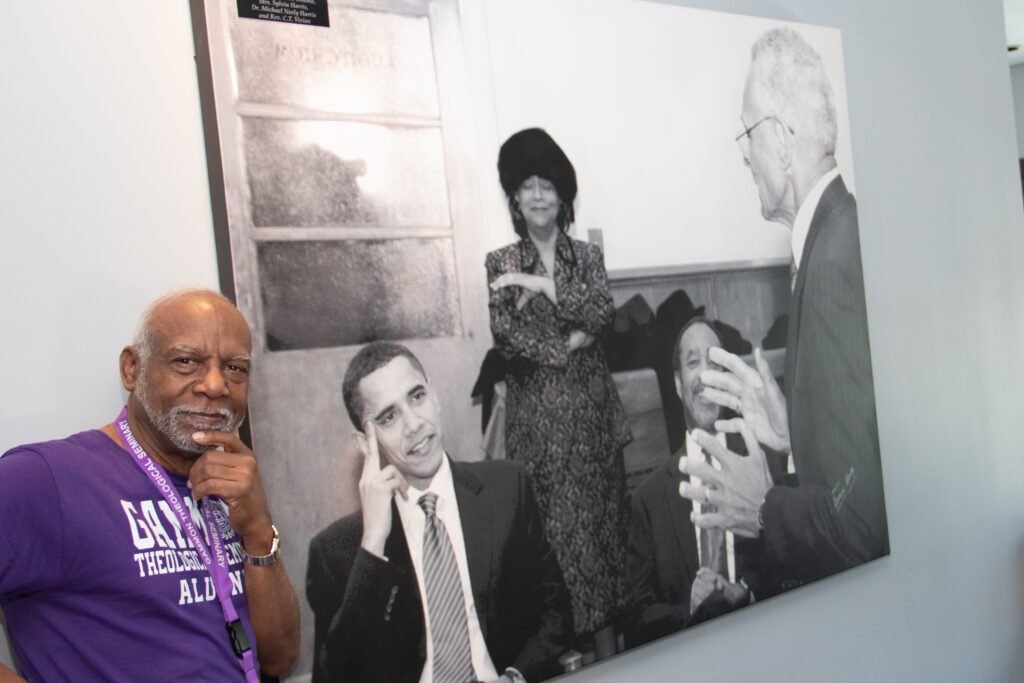
“I felt an incredible sense of honor to be chosen to document that moment,” he recalls.
When asked how he determines what to photograph, Horace emphasizes respect and intuition. “I never photograph people eating with their eyes closed or in unflattering poses,” he says.
Reflections and Legacy
Looking back, Horace credits much of his success to his ability to adapt. Whether directing civil rights leaders for a photo or navigating a music career, his focus was always on capturing moments with integrity.
As for his future, Horace remains committed to telling stories through his lens. “My job as a photographer is to place the piece in front of the audience and allow them to interpret it in their own way.”
From humble beginnings to Smithsonian recognition, Horace Henry’s journey is a testament to the passion, perseverance, and the power of a single photograph to change the world.
Mr. Henry’s original collection can be seen at the Smithsonian National Museum of African American History and Culture at: One day in January: a collection of images taken at Dr. King’s first memorial service / Horace Henry | Smithsonian Institution
Mr. Henry’s book “One Day in January” – A Collection of Images Taken at Dr. King’s First Memorial Service can be found at: “ONE DAY IN JANUARY” by BY: HORACE HENRY | Blurb Books.







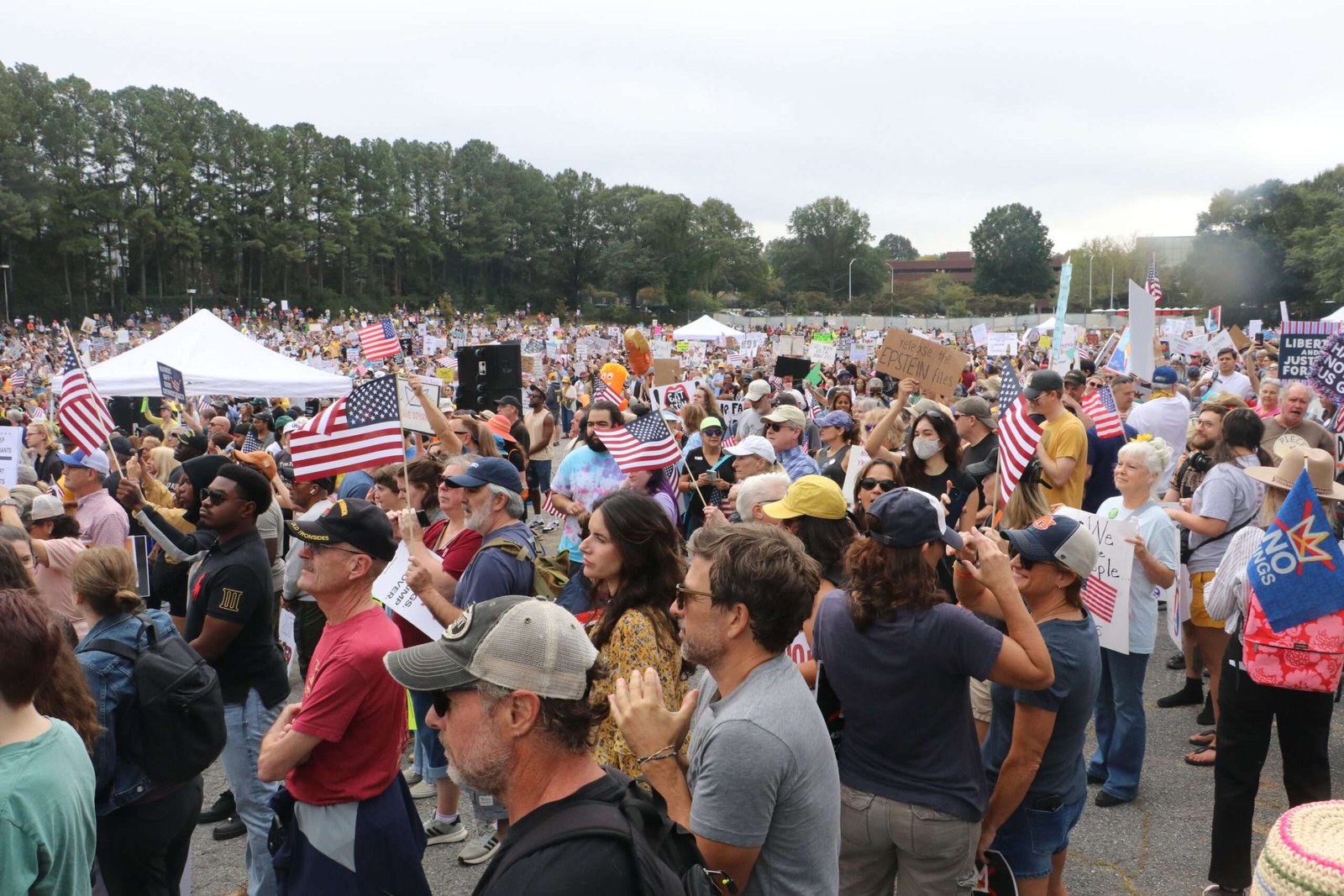


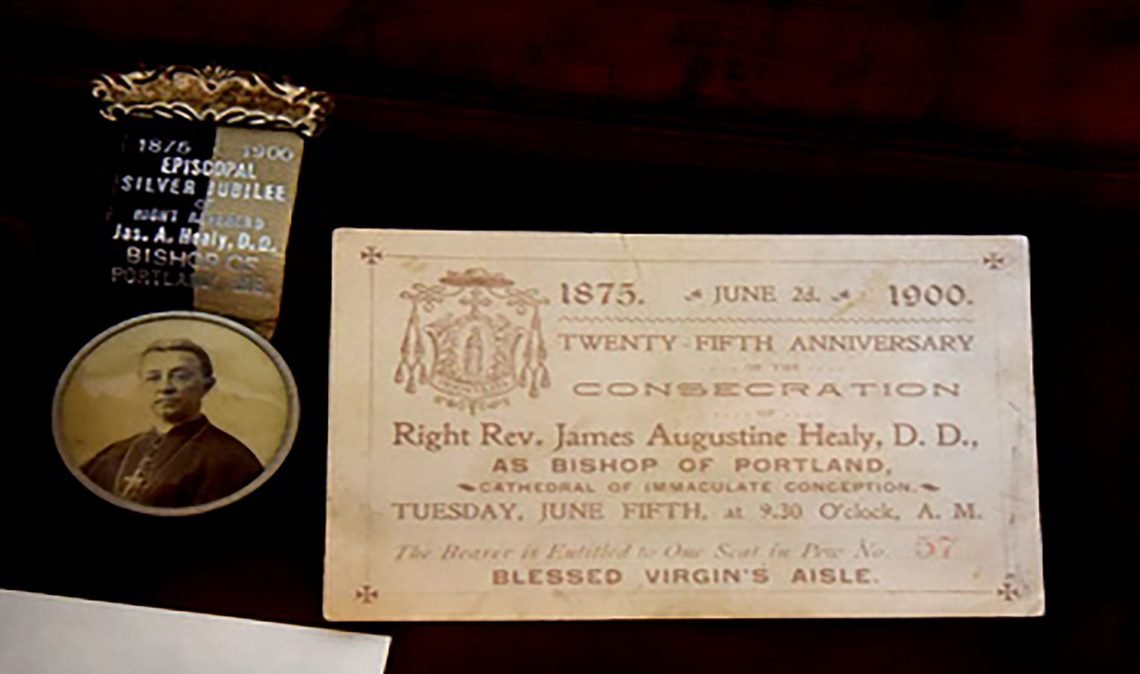
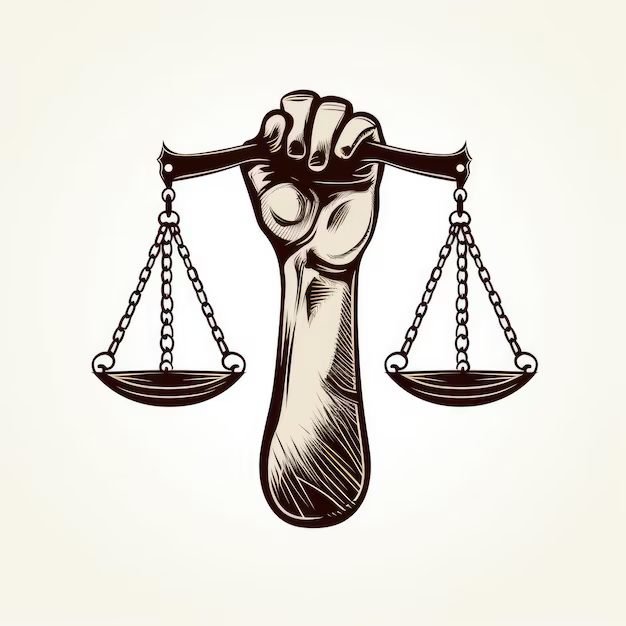

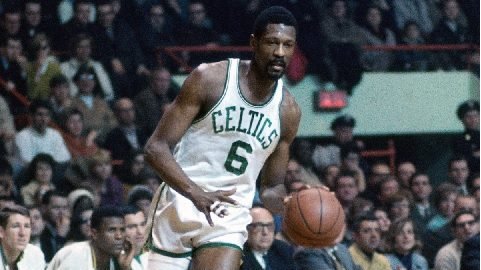
This was an easy read, but enlightening.